Each of the Educational STEM kits includes lesson plans and ideas for learning labs that align with national science standards.
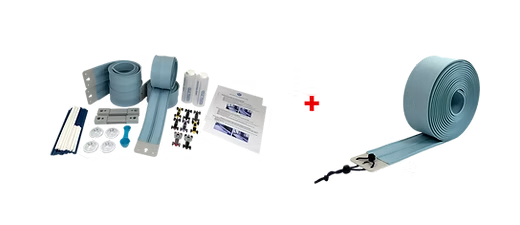

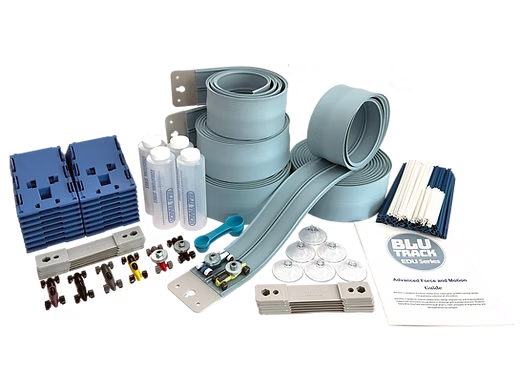
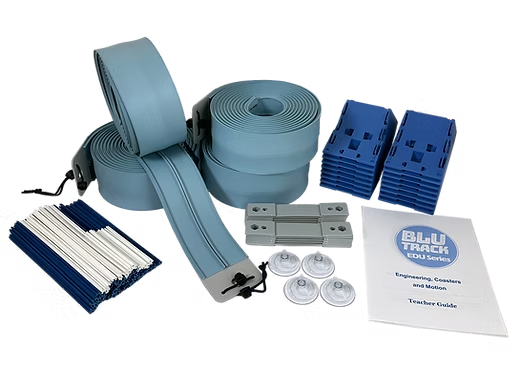
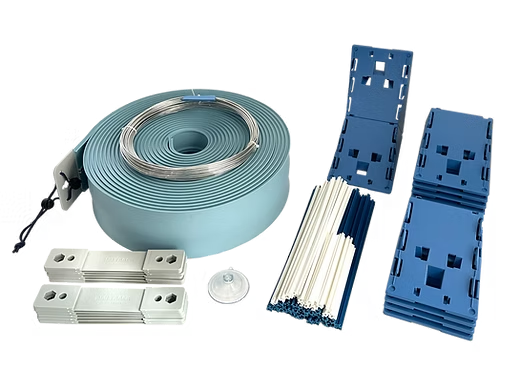
Step 1: This experiment uses both tracks, 4 lanes. Have students choose a car and have it race down lane 1. Measure the distance traveled. (Use student data chart). Discuss: What caused the car to roll down the track? Answer: The force of gravity.
Step 2: Discussion and thinking prompts: If we added something along the surface of the track what would the cars do? Why does the travel or trajectory of the cars change when a material is added?
In lanes 2 and 3 Insert a 10 inch insert in each track about 4 inches from where the curve of the track ends. Using the measuring spoon, spread 1 teaspoon of table salt along the length of that insert.
Step 3: Race the same cars down lane 2 and 3. Record results and observations.
Step 4: In lane 4, using the measuring spoon, spread 1 teaspoon of rock/sea salt (or sand) along the length of the insert.
Step 5: Race the same cars down lane 4. Record results and observations.
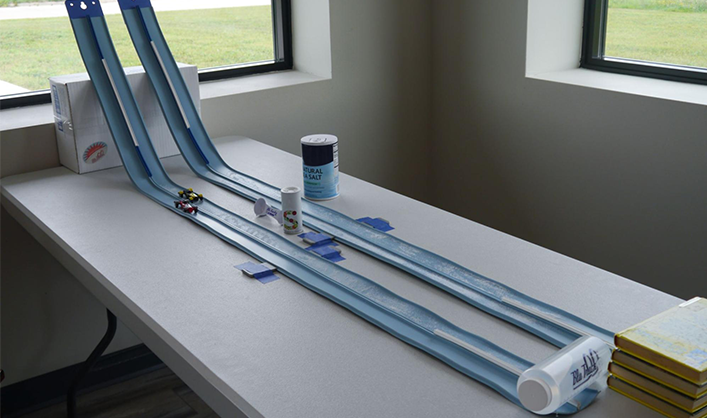
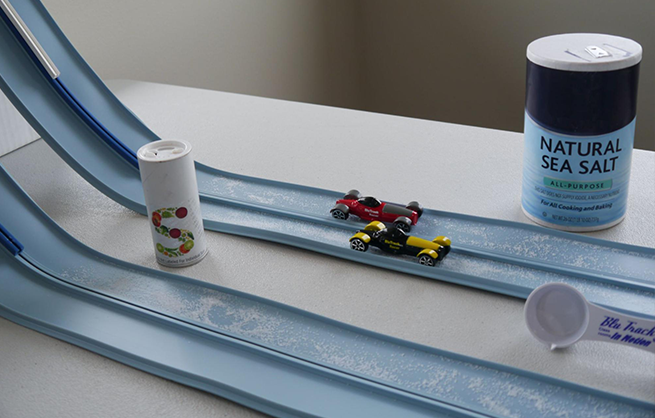
Can putting something down on the top help hold a road or place together? Talk about erosion.
*This experiment could also be completed with Blu Track anchored to the floor.
Step 1: Determine anchor point for each 18 ft Blu Track. This is where the anchor bar will be placed 4 ft 6 inches out from the wall/hanging surface and secured. Painters’ tape works well on most surfaces to secure the anchor bar.
Step 2: Measure 28 inches in vertical height from anchor point. Attach each suction cup or alternate hanger as the designated drop point.
Step 3: Attach one Blu Track to each drop point and anchor point.
Step 4: Establish one track as the straight incline track and pull track tight to anchor point.
Step 5: By pulling the end of the other track, adjust it so that the natural curve (Brachistochrone curve) is established and anchored. This may take some fine adjustments.
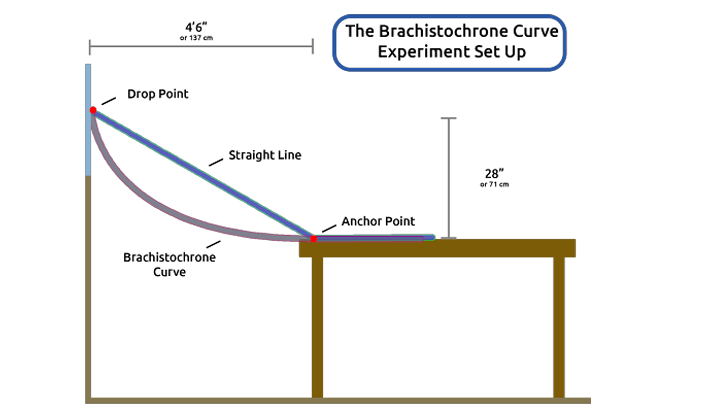
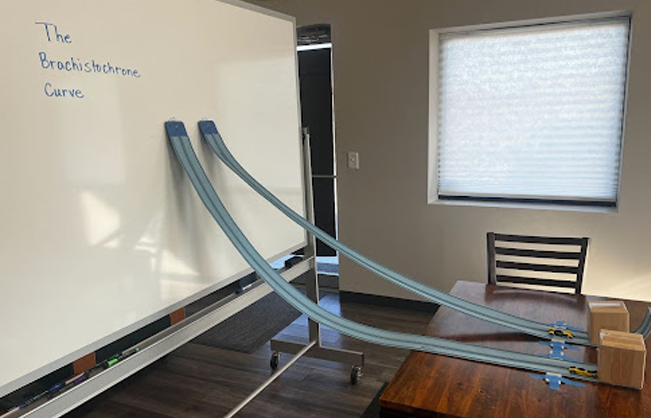
Briefly introduce the concept of the Brachistochrone curve and its history.
Divide the class into small groups and distribute the materials.
Groups compare their findings, discussing why the car travels faster on the Brachistochrone curve compared to the straight incline.
Facilitate a class discussion of the experiment’s outcomes and theoretical implications. Encourage students to reflect on what they observed.
Be able to show and explain what variables are and how they change results. Make observations and/or measurements of an object’s motion to provide evidence that a pattern can be used to predict future motion.
Let it Snow! Friction
How does friction affect the motion of cars?
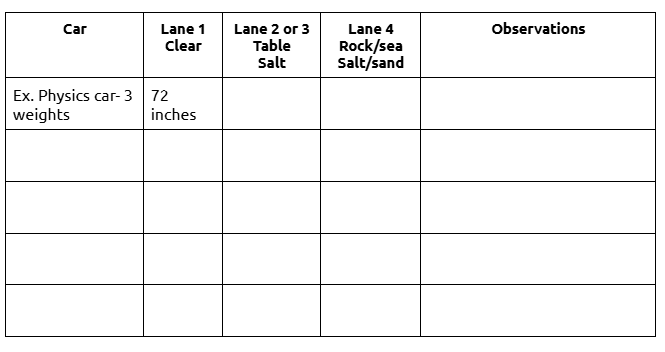
To make the surface of the track faster:
To make cars move faster:
Friction affected the motion of our cars…
Real life driving example: Road surfaces can change when…
This means when I drive I…
Explore and understand the concept of the Brachistochrone curve and its application in physics by conducting an experiment using two 6 Ft Blu Track® race tracks. Learn about the principles of gravitational acceleration, the calculus of variations, and the practical implications of these principles.
Explain who Johann Bernoulli is and the question he challenged others to answer:
Diagram your experiment including measurements:
List and explain at least 3 variables that could have an impact on the results of your experiment. What measures did you take into account for the variables?
How does the shape of the path affect descent time of an object
Explain at least 2 examples of real world math, physics and engineering applications of the Brachistochrone Curve principle.
Be able to show and explain what variables are and how they change results. Make observations and/or measurements of an object’s motion to provide evidence that a pattern can be used to predict future motion.
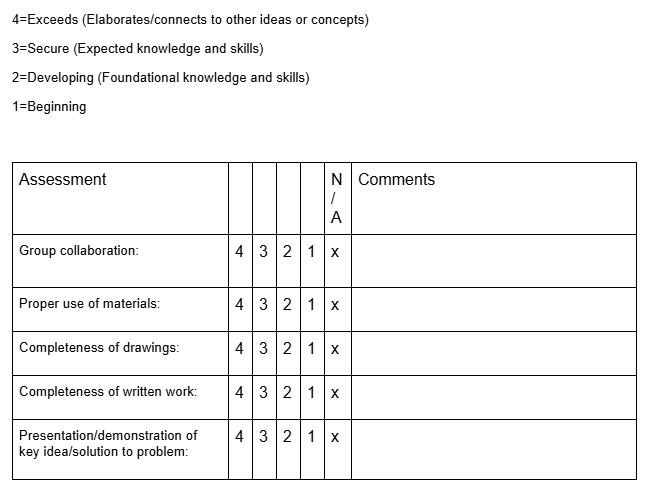
Explore and understand the concept of the Brachistochrone curve and its application in physics by conducting an experiment using two 6 Ft Blu Track race tracks. Learn about the principles of gravitational acceleration, the calculus of variations, and the practical implications of these principles.

Learn more about our Edu STEM Kits and how Blu Track® is committed to teaching students about science, technology, engineering, and math.